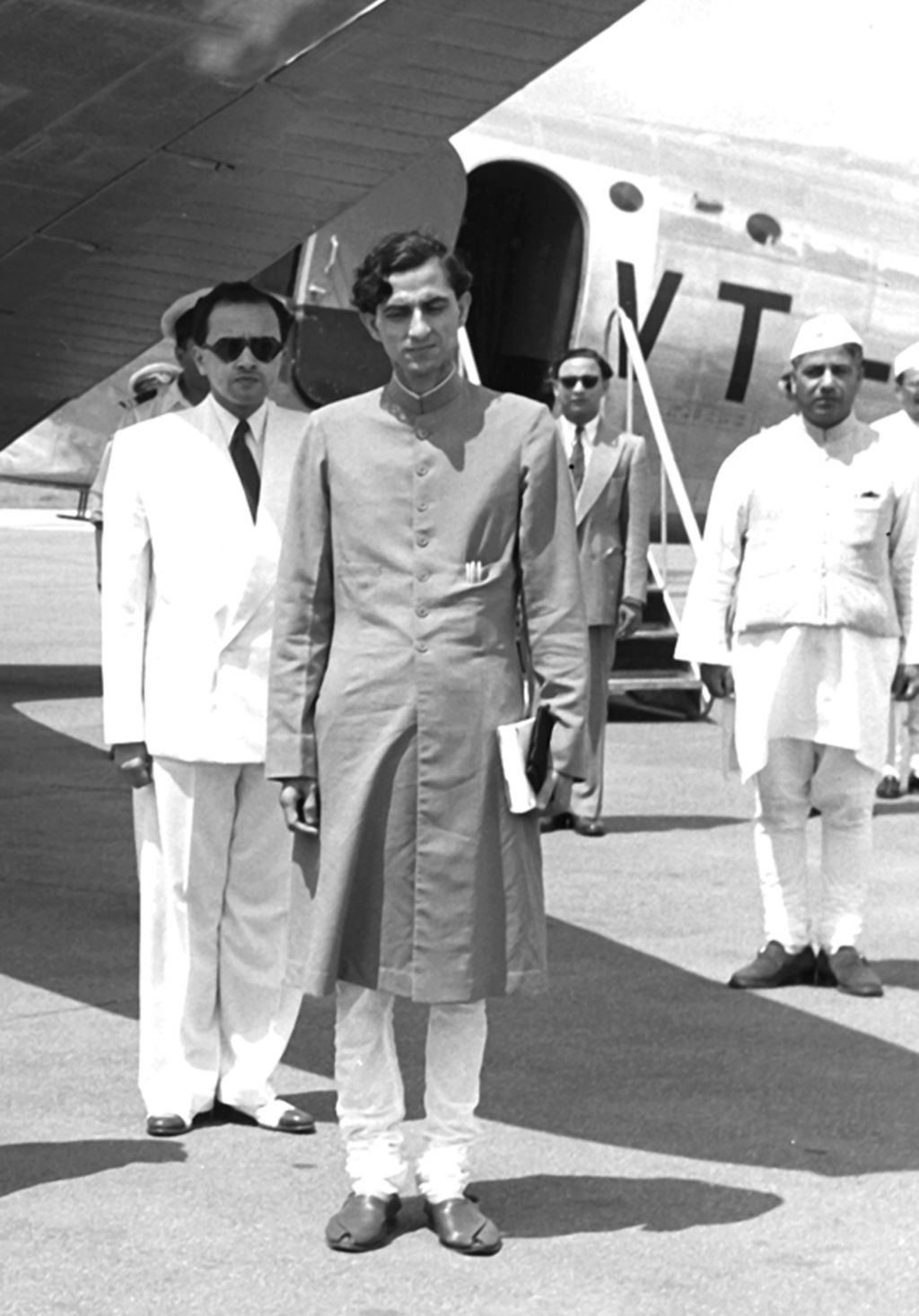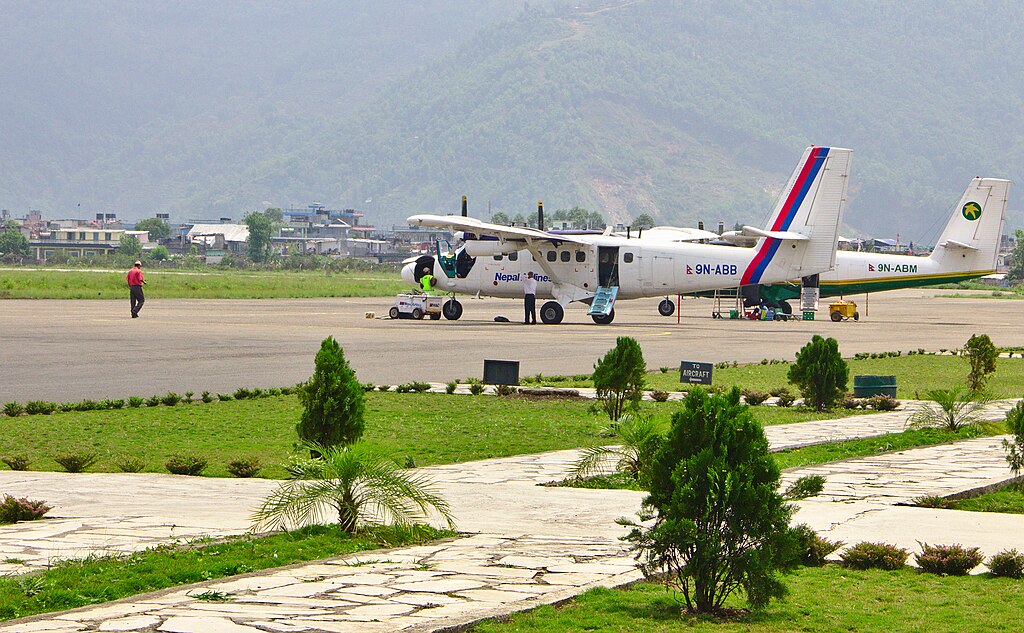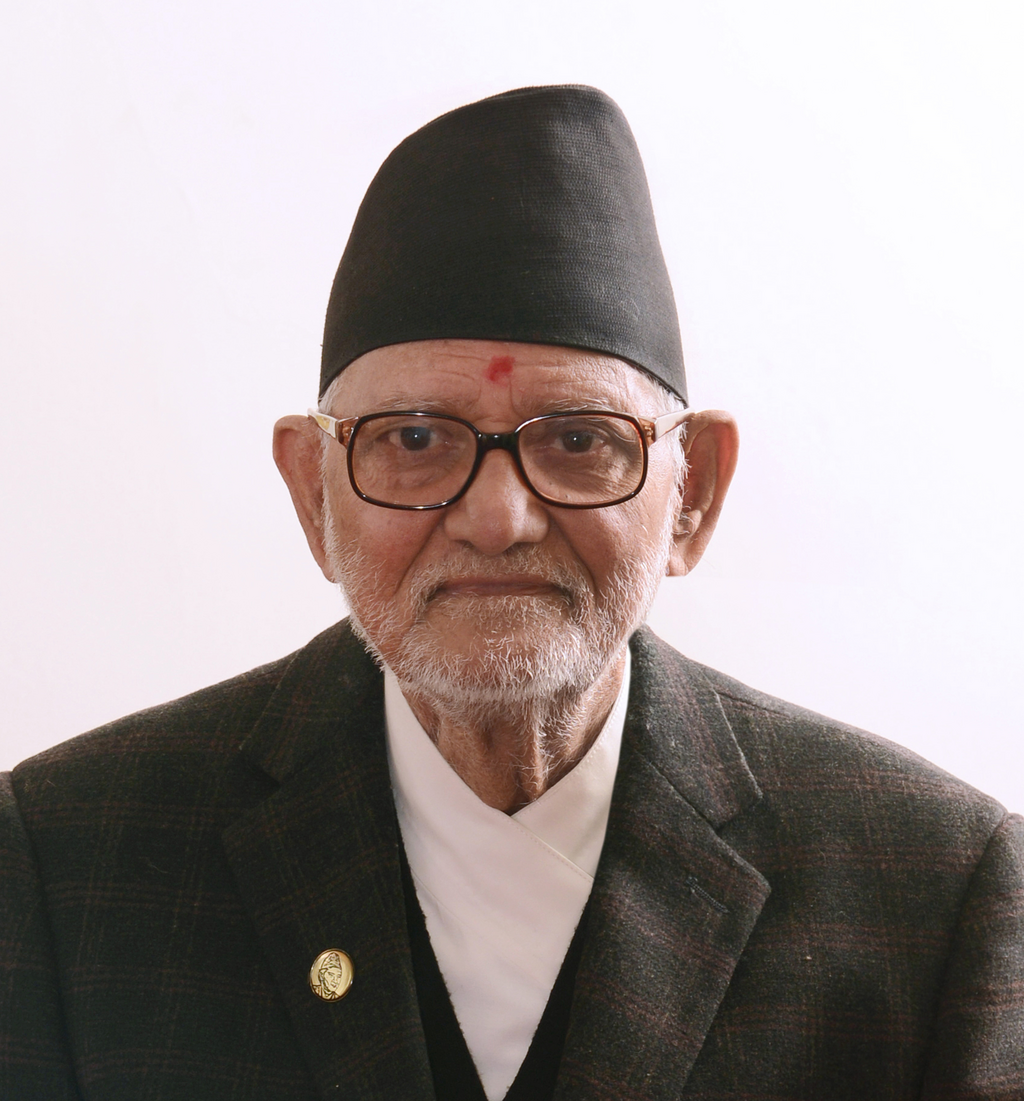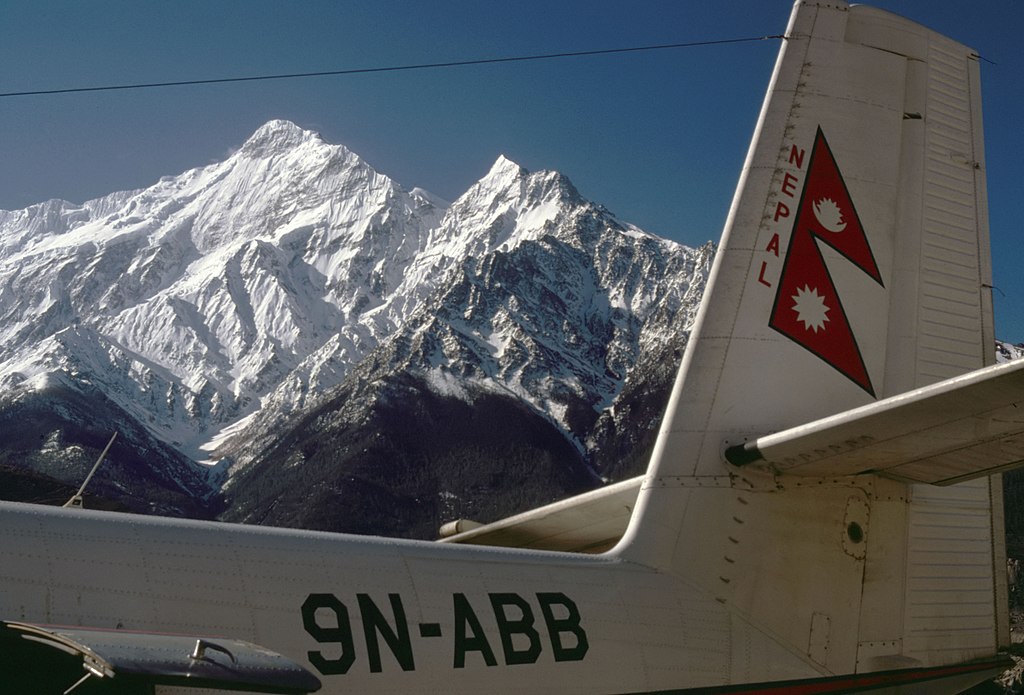
Nepal Airlines is one of the main fixed-wing operators in Nepal and the flag carrier of the nation. It was Nepal Airlines that first operated to /from the most dangerous airport in the world– Lukla Airport. The person who was seminal to the construction of Lukla Airport– Sir Edmund Hillary – saw the loss of his wife and child in the 1975 Royal Airlines crash.
It has often been said that the history of Nepal Airlines is the one with many political scandals that have tarnished its reputation. The recent Airbus A3330 widebody scandal involving losses worth of billions of Nepali currency was a great blow to the nation. While the Indian Airlines IC 814 was the biggest highjack that took place from Nepal, the first highjack in Nepal involved the flag carrier of Nepal -Nepal Airlines. Let’s dive more into the details of this fascinating piece of Nepal Airlines’ History:
Sketches of the first highjack of Nepal Airlines
On , June 10, 1973., the Nepal Airlines aircraft 9N-ABB was preparing for a flight between Kathmandu at Biratnagar. Five minutes after takeoff, the aircraft was hijacked. This incident is notable as it was the only hijacking carried out by Nepali individuals. 5 minutes after take-off, people on board the aircraft headed to the cockpit, stating that they wanted to get a sight of the aircraft as it was being flown. No sooner they get to the cockpit, one of the two puts a gun beside the pilot’s temple while the other shows a grenade claiming that the aircraft had been highjacked.
Only later, it was found that the highjack involved three former prime ministers of Nepal:
- Sushil Koirala
- B.P. Koirala
- Girija Prasad Koirala.
Sketches of people behind Nepal Airlines’ first highjack

Photo: Zulufive | Wikimedia Commons
On January 5, 1961 former King Mahendra Bir Bikram Shah Dev abolished the multi-party system and established the Panchayat system. At that time, Prime Minister B.P. Koirala was jailed for eight years. After his release, he went directly to India.
Under the Panchayat system, anyone who opposed the king was imprisoned, leading many ministers to live in India. Girija Prasad Koirala resided in Forbesganj, while B.P. Koirala lived in Siliguri and Delhi with friends.
During the time the highjacking took place, anyone who opposed the king was sent to jail. This led the Nepali Congress to plan an armed revolution to depose the king. However, starting such a movement was not easy, as they lacked the necessary funds. Despite many ministers living in India, student union members remained in Nepal. One of them, Durga Subedi, lived and studied in Biratnagar. He and his friends wanted to stop the Panchayat system and initiate a mass movement against it. They aimed to form a group called Mukti Sena.
To establish Mukti Sena, they traveled to India to learn how to use grenades and guns. During their training, they occasionally brought weapons back to Nepal and stored them in a godown in Biratnagar. However, these weapons were insufficient for a rebellion; they needed more weapons and money to purchase them, but they lacked the funds.
A highjack that was planned to fund a rebellion against the monarchy
On May 25, 1966, a Nepal Rastra Bank (NRB) worker Madan Aryal, a friend of Durga Subedi, provided him with crucial information: in the last week of Jestha, INR 30 lakhs would be transported from Biratnagar to Kathmandu on a Nepal Airlines aircraft. This prompted Durga Subedi to consider that if they wanted to start the rebellion, they needed to rob this money.
After much thought and planning, he decided to hijack the plane. He approached Girija Prasad Koirala to discuss his idea. After listening to Durga, Girija suggested they first consult B.P. Koirala. The next morning, they met with B.P. Koirala, who cautioned them that hijacking a plane was not a simple matter. He warned that if caught, they would face life imprisonment, as it was an international crime. However, if they were sure and willing to risk their lives, they could proceed. Durga immediately replied that he was ready.
The plan behind the highjack of Nepal Airlines 9N-ABB aircraft

Photo: দেবর্ষি রায় | Wikimedia Commons
Durga Subedi began to formulate a plan with Sushil Koirala and Girija Prasad Koirala. While planning, they realized that hijacking the plane alone would be difficult, so they needed two more people. Durga returned to Nepal and searched his friend circle for candidates. He remembered his close friends Basanta Bhatari and Nagendra Dhungel. After discussing the plan with both of them, they readily agreed to participate.
After that, the three-would-be-highjackers met Girija Prasad Koirala to finalize their plan. A crucial aspect of their strategy was determining where to land after the hijacking. Sushil Koirala suggested they should land in Forbesganj. However, the aircraft couldn’t land in the Forbesganj airport as the Indian police would likely catch them.
An alternate was discussed. Indian ministers in Forbesganj occasionally gathered in large, green field that had a big tree nearby, marked by a red flag. Sushil Koirala suggested the highjacked plane could land besides the tree. Sushil insisted that he and Girija would handle the situation from there. They then created a map from Birgunj to Forbesganj and provided it to the three hijackers.
Test of weaponry that would be carried to highjack
Girija Prasad Koirala informed them that they needed weapons, so they should check their condition and also find out the flight details to purchase tickets. Upon returning to Nepal, the NRB worker told them he didn’t know the exact date but would find out the day before the flight.
They then went to their godown to check the weapons. The guns were in poor condition, but the grenades were functioning well. They devised a plan where two would carry guns and one would carry a grenade onto the aircraft. After gathering all the necessary information, they returned to India to meet Girija.
During the meeting, Girija provided them with money to buy the plane tickets. Afterward, they returned to Nepal and began planning how to hijack the aircraft. The initial sketch of the plan was:
- Two people would carry the gun
- One person with the gun would be seated in the same seat as the person who carries the money
- The other person with the gun and the person with a grenade would be seated near the cockpit
The first difficulty arose before takeoff when they learned that the aircraft was scheduled to depart on the 28th, but only two seats were available. Durga Subedi, feigned an illness and requested at least one passenger to cancel their flight. However, there was a stroke of luck involved as a few hours before departure, one person canceled their ticket, allowing Durga to secure the seat.
The highjackers (or atleast they thought) were almost caught
On June 10, they woke up early, got ready, took the weapons, and headed to the airport. During those days, there was no baggage checking system; only suspected passengers were screened by policemen deployed at the airport. Due to his political involvement in rallies, Durga Subedi was at risk of being checked. So he carried fake documents that testified that he had been diagnosed with tuberculosis.
While in line, a security officer called Durga, causing the three highjackers to fear they would be frisked, and therefore be caught. However, the officer recognized Durga from the past and only wanted to talk, not check him. While they were conversing, an inspector arrived and also engaged in conversation. The officer even offered them cold drinks and sent them to the terminal.
Inside the aircraft
After they boarded the aircraft, Durga and Basanta sat near the cockpit with one pistol and one grenade, while Nagendra, who had the money, sat nearby with another pistol. The plane took off from Biratnagar, and within five minutes, they hijacked it. Basanta pulled out the grenade and a confrontation with a male flight attendant ensued.
During the struggle between Basanta and the flight attendant, Durga managed to escape into the cockpit. He pointed the gun at the captain’s head and demanded that the pilot follow his orders. Durga insisted they were not terrorists but revolutionaries willing to die for their country. He ordered the captain to take the aircraft to the designated green field in Forbesganj that was 30 kilometers from Biratnagar.
The Nepal Airlines highjack went as planned and they landed in the grassy field
The pilot replied that without a map, it would be hard to land. Durga then handed him the map provided by Sushil Koirala. The pilot responded that they couldn’t land using just that map. After Durga gave death threats to the pilot, he pilot then turned the plane and began to follow the map.
After 30 minutes, Durga asked the pilot where they were. The pilot replied that they were 100 kilometers from Biratnagar. Durga insisted they only needed to go 30 kilometers from Biratnagar and ordered the pilot to make a U-turn. The pilot responded that they needed to land soon because the fuel was running low. Durga insisted they could only land in the grassland, prompting the pilot to make the U-turn.
Durga looked out the window, hoping to see a city, but he couldn’t and feared they would run out of fuel. Fortunately, he spotted a train track and remembered there was one in Forbesganj, so he ordered the pilot to follow it. Eventually, they found a large grassland, and Durga felt immense relief. He instructed the pilot to land there, recalling a big tree with a red flag at the top, which indicated they had arrived in Forbesganj.
After the highjacking
Durga had instructed the pilot to land the plane to take off after the three highjackers had taken what they wanted from the aircraft. Meanwhile in Forbesganj, saw Sushil Koirala and several others were waiting in a four-wheeler. After landing, the three hijackers exited the aircraft with three boxes filled with approximately 30 lakhs INR. They loaded all the money into a jeep and left the area immediately. Girija Prasad Koirala was waiting about 10 kilometers from Forbesganj. One of the three boxed would be traveling with Girija while the other two with Sushil.
On the way Siliguri

Photo: Nepaliwikieditor123 | Wikimedia Commons
The hijackers and Sushil Koirala traveled to Siliguri, and after a while, they spotted a police van, fearing they would be caught. However, the police had been there with B.P. Koirala, who asked Sushil Koirala to follow him to Siliguri. While following, B.P’s jeep sped up and Sushil’s car lost sight of B.P.’s.
Sushil’s car was stopped at a checkpoint in West Bengal. The police began questioning them about the contents of the car and ordered Sushil to open the trunk. Sushil replied that there was nothing inside, but the police insisted on checking. Biru Lama opened the trunk, revealing two large boxes. The police ordered them to open the boxes, but they protested, fearing they would be caught.
Sushil Koirala then posited to the police that the car that they were driving belonged to BP, who had just crossed the check. The police officer considered this and thought it was plausible. However, the policeman insisted he wouldn’t let them go without something in return. Sushil offered 10 rupees, but the police said it wasn’t enough and demanded 20 rupees. They complied, giving the officer 20 rupees, and managed to escape.
Reaching the Siliguri
After that, they spotted B.P.’s car and, after some time, reached Siliguri. They went to B.P.’s friend’s house, where they began counting the money. They were happy, believing their armed revolution was on the verge of success. However, they realized they couldn’t use the money easily and needed to wait and hide from the police. B.P. advised the two hijackers to change their identities, adopt new names, and only speak in Hindi. Despite this, the hijackers were constantly on the run from the police.
The hijackers were eventually caught by the police
After one year, the hijackers were caught by the police, along with everyone involved except Nagendra Bhattarai. They were jailed for four years and released on bail in 1975. The Nepalese government also filed a case against them, but no one paid attention to it.
One of the individuals caught by the police reported that they endured severe torture for three years in an attempt to reveal B.P. Koirala’s name. However, none of them disclosed any information about B.P. Koirala, as they believed that revealing his involvement would jeopardize the revolution, so they remained silent.
Recent condition of Aircraft

Photo: Manfred Niermann | Wikimedia Commons
The de Havilland Canada DHC-6 Twin Otter STOL aircraft, which was hijacked years earlier, had an accident on Sunday, February 16, 2014. At the time of the accident, the aircraft had a total of 43,947 flight hours. Following the incident, it was placed in a museum.
